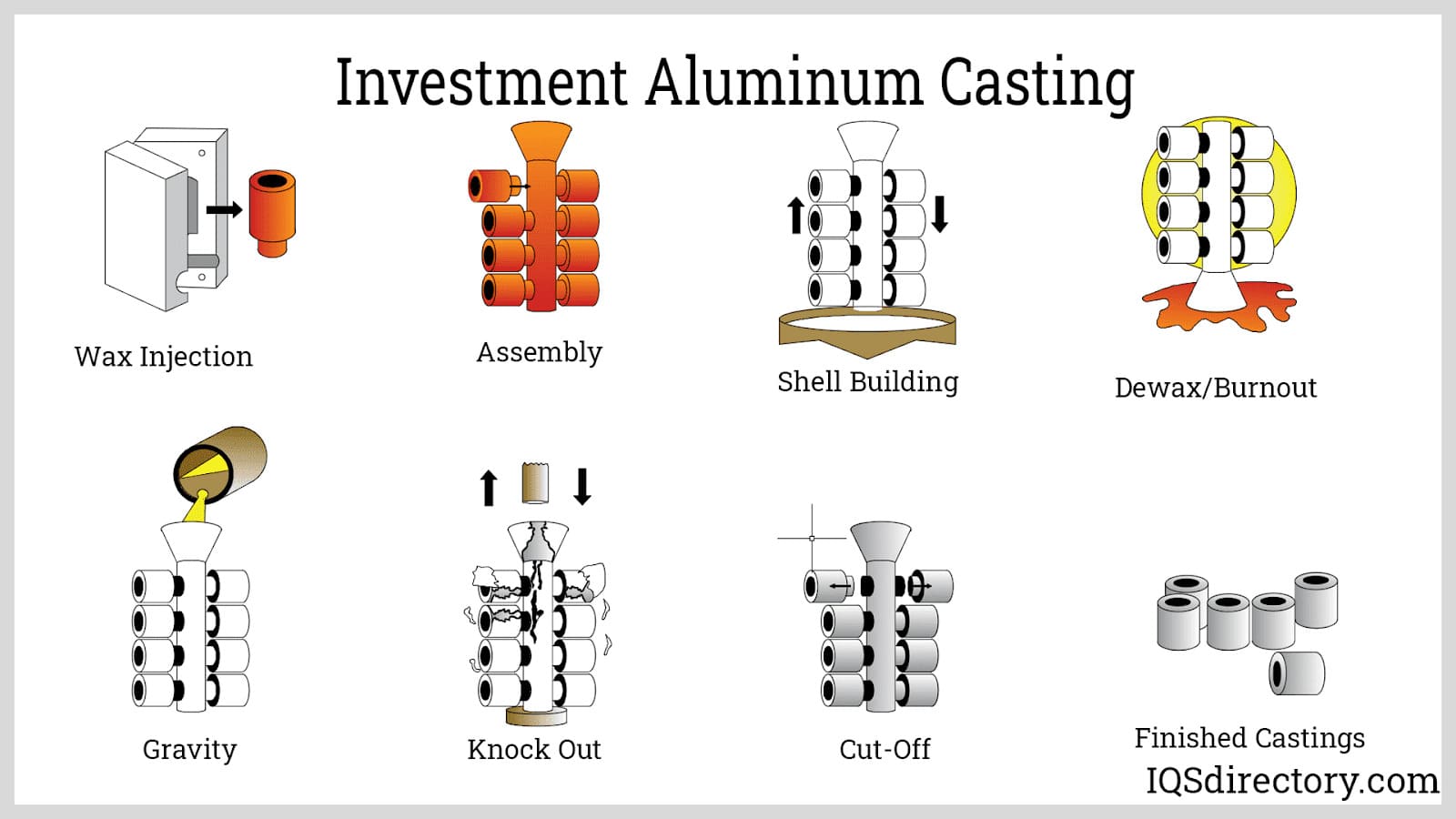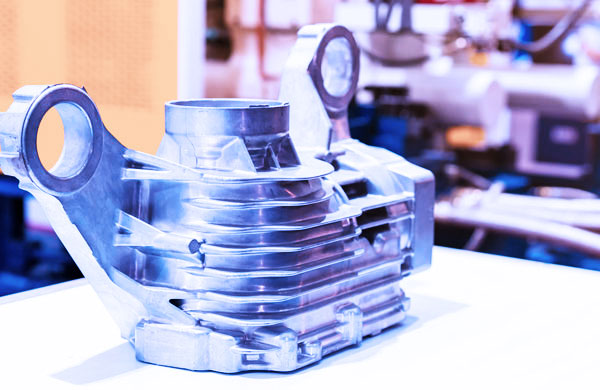About Stahl Specialty Company
Table of ContentsAn Unbiased View of Stahl Specialty CompanyNot known Incorrect Statements About Stahl Specialty Company Stahl Specialty Company Fundamentals ExplainedStahl Specialty Company for BeginnersStahl Specialty Company for Beginners
There are numerous small differences in between wrought and cast light weight aluminum alloys, such as that cast alloys can consist of more substantial quantities of other steels than functioned alloys. But the most notable difference in between these alloys is the manufacture process whereby they will go to deliver the end product. Apart from some surface therapies, cast alloys will certainly exit their mold in virtually the specific solid kind wanted, whereas functioned alloys will undertake a number of alterations while in their strong state.If you believe that a functioned alloy may be the most effective for your project, take a look at some of our short articles that explain more about specific wrought alloys, such as Alloy 6061 and Alloy 6063. On the various other hand, if you assume an actors alloy would certainly be much better for you, you can find out more regarding some cast alloys in our Alloy 380 and Alloy 383 short articles (coming soon).

Having the experience and market expertise to engineer your spreadings for optimal production and quality results will certainly improve the job. Making aluminum spreading requires a complicated collection of processes to accomplish the appropriate results. When picking a new light weight aluminum factory to companion with, guarantee they have comprehensive market experience and are educated about all elements of the light weight aluminum casting process: style, manufacturing, material evaluation, and item testing.
Top Guidelines Of Stahl Specialty Company
The foundry should also have a proven track record of providing outstanding items that satisfy or exceed customer expectations. Quality control should additionally go to the top of your checklist when selecting an aluminum foundry. By working with a qualified factory that follows the requirements for quality assurance, you can secure the honesty of your item and ensure it fulfills your requirements.
By selecting a firm that provides solutions that satisfy or surpass your item demands, you can be sure that your job will be finished with the utmost precision and performance. Different components need different manufacturing techniques to cast light weight aluminum, such as sand casting or pass away casting.

Die spreading is the name provided to the procedure of producing intricate metal parts through use molds of the element, also recognized as dies. The procedure uses non-ferrous metals which do not have iron, such as aluminum, zinc and magnesium, as a result of the desirable buildings of the metals such as reduced weight, greater conductivity, non-magnetic conductivity and resistance to corrosion.
Stahl Specialty Company Can Be Fun For Anyone
Pass away spreading manufacturing is quickly, making high manufacturing degrees of elements easy. It creates even more components than any other process, with a high level of precision and repeatability. To find out more about die casting and die casting materials used in the procedure, continued reading. There are 3 sub-processes that drop under the group of die spreading: gravity pass away spreading (or long-term mold and mildew spreading), low-pressure die casting and high-pressure die spreading.
No matter the sub-process, the die spreading procedure can be damaged down into six actions. After the purity of the alloy is evaluated, dies are developed. To prepare the passes away for casting, it is essential that the dies are tidy, to ensure that no residue from previous productions continue to be. After cleaning, the ejection lubrication is put on the die to ensure a smooth launch.
The pure metal, additionally referred to as ingot, is contributed to the heater and maintained the molten temperature of the steel, which is then moved to the injection chamber and infused into the die. The stress is then maintained as the steel solidifies - Casting Foundry. Once the steel solidifies, the cooling procedure begins
The thicker the wall surface of the part, the longer the cooling time as a result of the amount of indoor steel that likewise requires to cool. After the element is fully cooled down, the die cuts in half open and an ejection mechanism presses the component out. Complying with the ejection, the die is shut for the next shot cycle.
Not known Details About Stahl Specialty Company

This verified to be an inaccurate test, due to the fact that the tester can reduce right into an item and miss out on an area with porosity. Today, leading suppliers utilize x-ray testing to see find more information the whole interior of components without reducing into them. This permits them to a lot more precisely approve or turn down parts. To reach the finished item, there are three key alloys utilized as die spreading material to pick from: zinc, aluminum and magnesium.
Zinc is just one of one of the most pre-owned alloys for die spreading due to its lower price of raw materials. It's additionally one of the stronger and steady steels. Plus, it has exceptional electric and thermal conductivity. Its corrosion resistance likewise permits the components to be long-term, and it is one of the more castable alloys as a result of its reduced melting factor.
Not known Factual Statements About Stahl Specialty Company
As pointed out, this alloy is among the most frequently utilized, yet manufactures will, at times, choose aluminum over zinc due to aluminum's manufacturing benefits. Aluminum is highly economical and one of the a lot more flexible alloys. Aluminum is utilized for a variety of various items and markets anything from home window frameworks to aerospace materials.